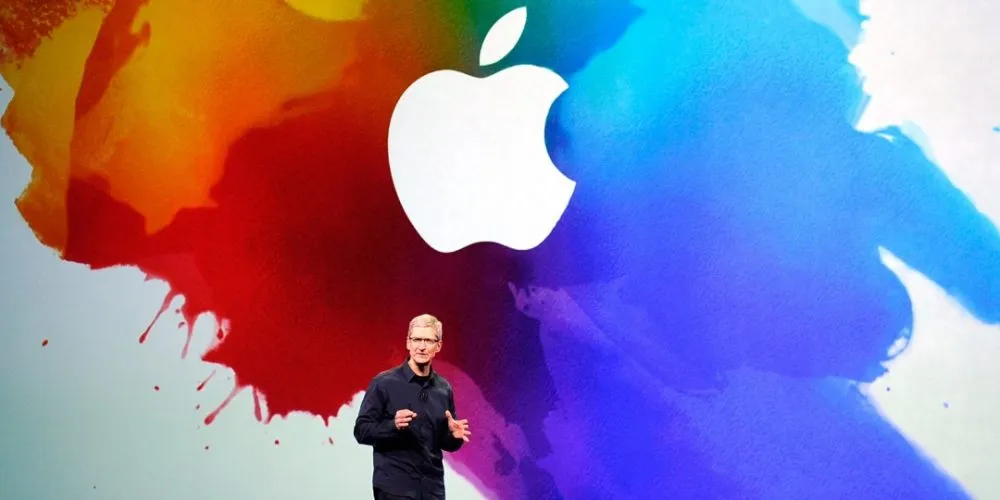One thing that’s always defined Apple is its ability to shape tech’s future. But lately, it’s been characterized as a company sitting back and watching others drive the next transformation: VR and AR.
Though AR’s true potential will take longer to arrive, VR has a head start and is moving fast. In the past month, we’ve seen the sector accelerate with a string of events such as OC3, PSVR and Google Daydream.
All this action is precisely where Apple’s absence is felt. Sexy and futuristic VR launches stand in stark contrast to Apple’s own Fall hardware event, where its gadget-centric keynote spotlighted … a new keyboard.
This either means Apple will miss this next tech shift, or that it’s playing the long game. The latter could involve a deliberately late VR/AR entrance, just like some of its past market-defining moves (e.g. tablets, mp3 players).
If it’s a long game, what and when will Apple’s entrance be? Evidence points to AR rather than VR. That’s due to AR’s larger commercial potential, as well as Tim Cook dropping hints all over town about it.
We can also triangulate Apple’s AR play through recent products. The iPhone 7 Plus’ dual cameras could be a step on the path to a device sensing through stereoscopic vision. That’s a key component of computer vision, which in turn drives AR.
This would put Apple’s 2013 acquisition of 3D-sensing company PrimeSense in more relevant light. Speaking of acquisitions, its 2015 purchase of AR software company Metaio further supports an AR play.
More clues are in AirPods. The tech press focused on the hardware, but the real story could be the new shape of AR. Rather than graphics, ambient audio — via always-in AirPods — could be the new informational overlay.
The iPhone is where Apple generates most of its profits, meaning its operational structure and supply chain are entrenched in the slab format. Any moves in AR would likely start there.
It also aligns with the overall business case for mobile AR. Though glasses are a sexier format, an installed base of 2.6 billion smartphones makes mobile the nearer term (and less glasshole prone) opportunity.
All of this means that Apple isn’t necessarily late to VR and AR… It could simply leapfrog the former to get to the bigger opportunity held by the latter. And because AR’s time horizon is further off, Apple could be just in time.























